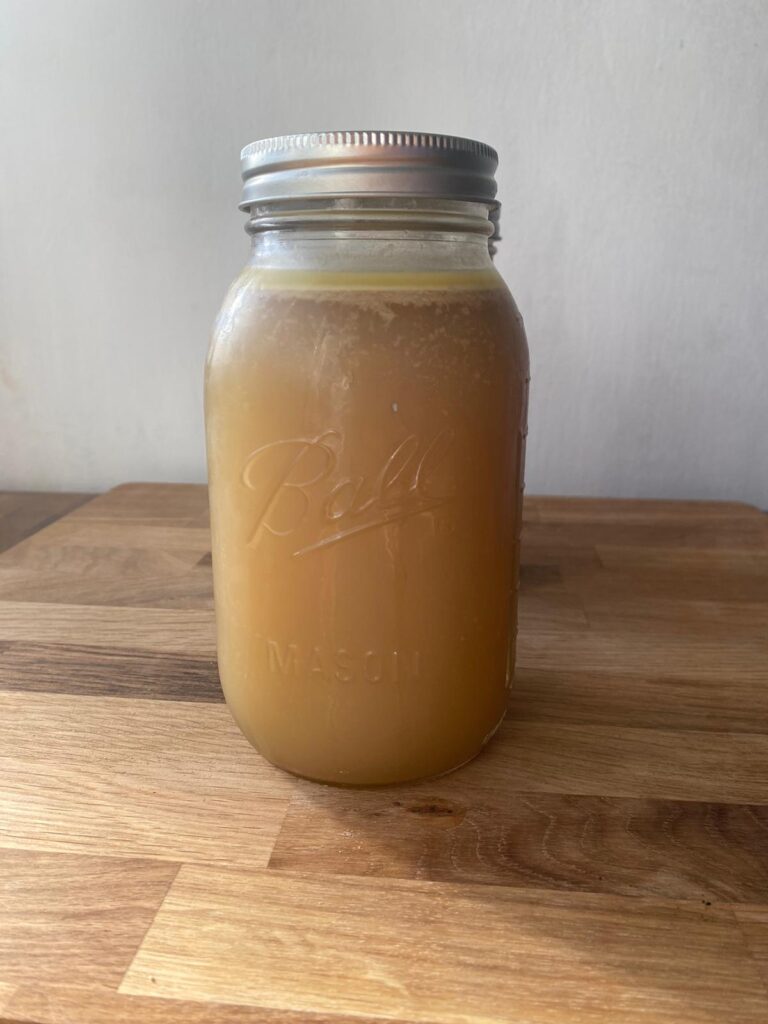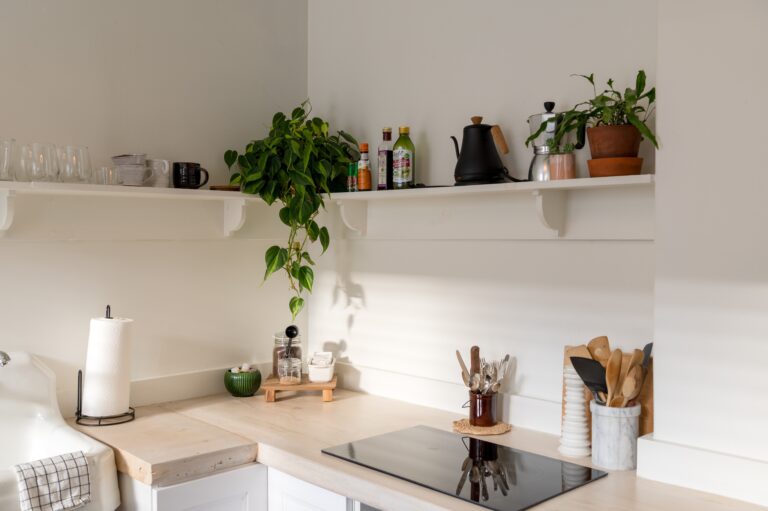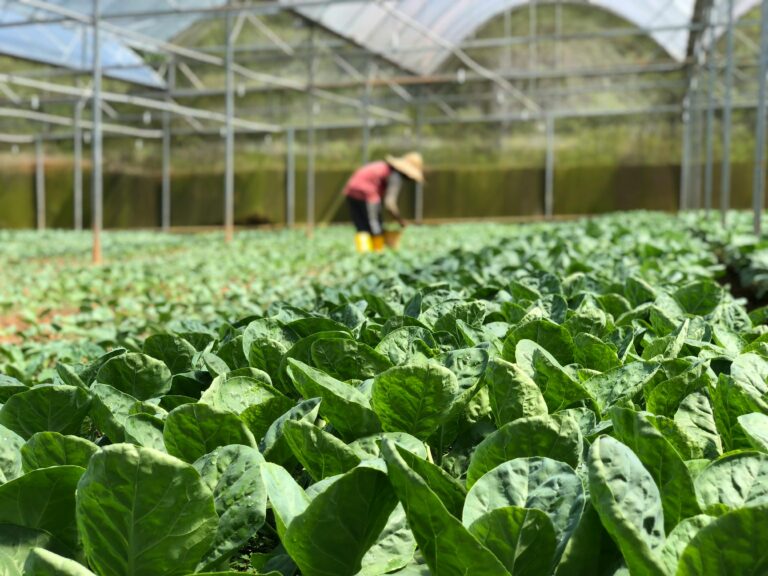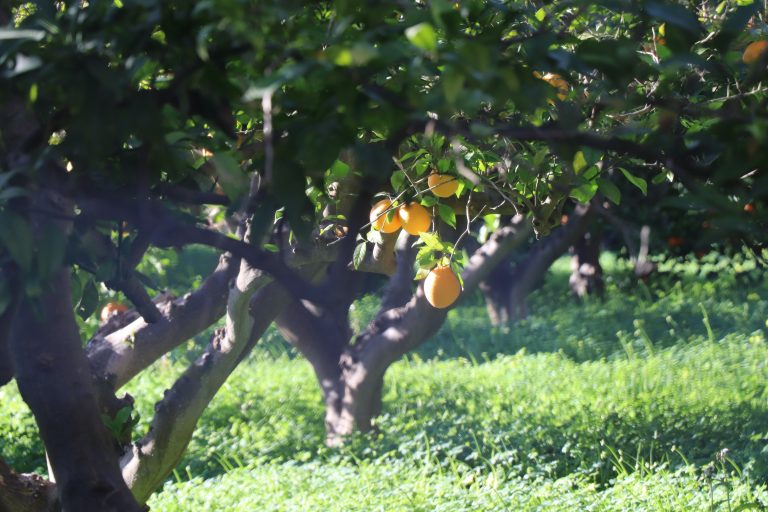10 Easy-to-Grow Vegetables for Beginners
If you’re looking to start growing your own food but aren’t sure where to begin, don’t worry! Growing your own vegetables at home is easier than you think and doesn’t require a green thumb. Whether you’re starting a small container garden or a larger plot in your backyard, this blog post will provide you with 10 easy-to-grow vegetables that even the most inexperienced gardener can cultivate. With the right care and attention, you can be harvesting your own homegrown produce in no time. Read on to discover the top 10 vegetables for beginners.
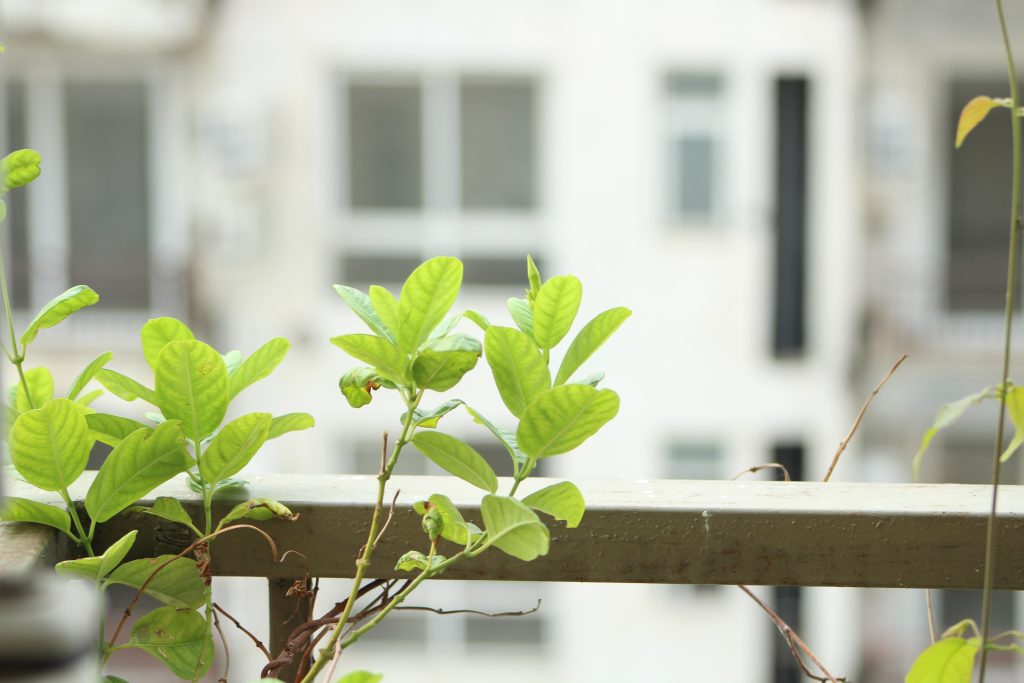
Why grow your own food?
Picture this: you wake up one morning, step outside into your backyard, balcony or even window sill and pluck a ripe tomato straight from the vine. You take a bite and the burst of flavor fills your mouth. There’s something incredibly satisfying about growing your own food and enjoying the fruits (or vegetables) of your labor.
In today’s fast-paced world, where convenience often takes priority over quality, growing your own food can provide a sense of connection to the earth and a feeling of accomplishment. Plus, there’s nothing quite like the taste of freshly harvested produce.
But growing your own food isn’t just about the taste. It’s about taking control of what you put on your plate and knowing exactly where your food comes from. You have the power to decide whether or not to use pesticides, herbicides, or other chemicals. You can choose to go organic, or experiment with different varieties. It’s a way of taking charge of your own health and well-being.
Another great reason to grow your own food is the cost savings. Let’s face it, fresh produce can be expensive, especially if you prefer organic options. By growing your own vegetables, you can save a significant amount of money in the long run. Plus, you’ll have the satisfaction of knowing that your hard work and dedication are paying off in more ways than one.
And maybe the most rewarding reason we’ve found.. Gardening can also be a form of therapy. Spending time outdoors, connecting with nature, and getting your hands dirty has been shown to reduce stress and promote a sense of well-being. It’s a chance to escape the hustle and bustle of daily life and focus on something simple and rewarding.
Whether you have a large backyard or just a small balcony, growing your own food is accessible to everyone. You don’t need a green thumb or years of experience to get started. All you need is a little bit of space, some basic tools, and a desire to learn. So why not give it a try? Your taste buds, your wallet, and your mental well-being will thank you.
Benefits of growing your own vegetables
Growing your own vegetables may seem like a daunting task, but the benefits are truly worth the effort. Not only does it allow you to have fresh, nutritious produce right at your fingertips, but it also provides a sense of accomplishment and self-sustainability
.

Control : One of the main benefits of growing your own vegetables is the control you have over what goes into your food. When you grow your own vegetables, you can choose to use organic methods and avoid harmful pesticides and chemicals. This means that you can ensure that you and your family are consuming food that is safe and free from harmful residues. Plus, you can experiment with different varieties and flavors that may not be readily available at your local grocery store.
Cost: Another great benefit is the cost savings that come with growing your own vegetables. Let’s face it, grocery bills can add up quickly, especially when you’re trying to buy fresh and healthy produce. By growing your own vegetables, you can significantly reduce your grocery expenses. Seeds are inexpensive, and with a little time and effort, you can harvest an abundance of vegetables throughout the growing season.
‘Therapy’ and connection to nature: Growing your own vegetables also allows you to reconnect with nature and enjoy the therapeutic benefits of gardening. It provides a sense of relaxation and fulfillment as you watch your plants grow from tiny seeds into vibrant, flourishing plants. Plus, gardening is a great way to get some physical exercise and fresh air. Want to learn more about how healthy soil supports plant growth, gut health and mental wellness? We go into all the details here!
Sustainability: Growing your own vegetables promotes sustainability and reduces your carbon footprint. By growing your own food, you’re reducing the need for transportation and packaging, which in turn reduces greenhouse gas emissions and waste.
In addition to these practical benefits, there’s something incredibly satisfying about being able to walk out to your backyard and pick a fresh tomato or a handful of crisp lettuce leaves for your salad. The taste of homegrown vegetables is unparalleled – they are bursting with flavor and vitality, unlike their store-bought counterparts.
So, whether you have a sprawling backyard or just a small balcony, growing your own vegetables is a rewarding and fulfilling endeavor. It allows you to take control of your food, save money, and enjoy the countless benefits that come with nurturing and harvesting your own fresh produce. Start small, choose a few easy-to-grow vegetables, and watch as your garden transforms into a vibrant and abundant oasis. Happy gardening!
Essential tools and supplies for beginners
Starting your own vegetable garden may seem like a daunting task, but with the right tools and supplies, you’ll be well on your way to becoming a successful gardener. Whether you have a large backyard or a small balcony, there are a few essentials that every beginner should have.
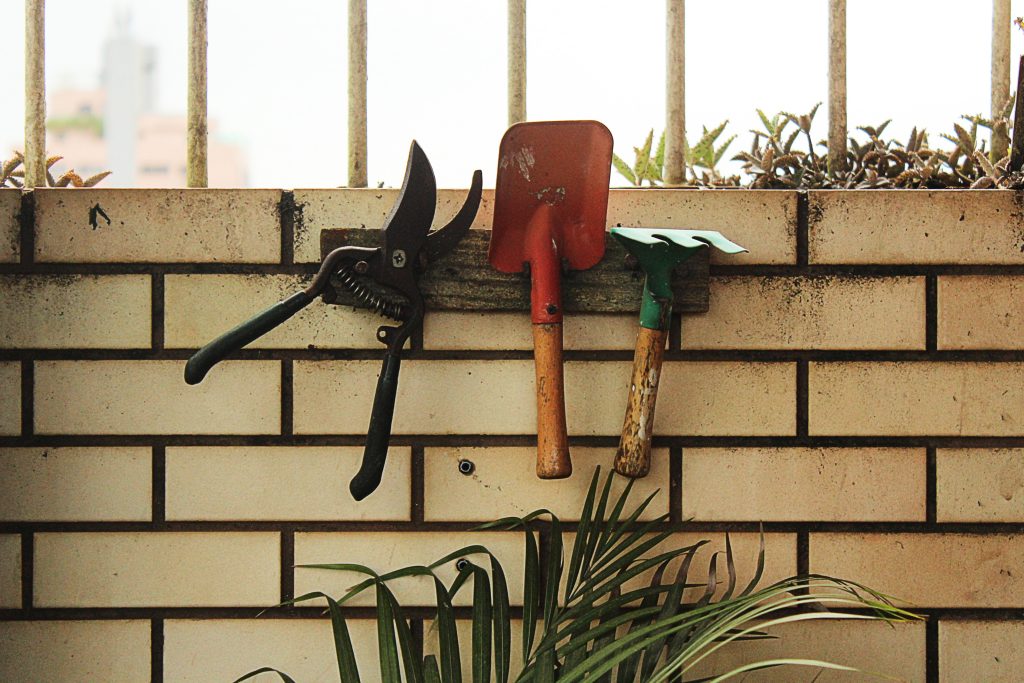
Gloves: First and foremost, you’ll need a good pair of gardening gloves. These will protect your hands from dirt, thorns, and any sharp tools you may be using. Plus, they’ll give you a better grip when you’re working with plants and soil.
Tools: Next, invest in a sturdy set of gardening tools. A hand trowel, a garden fork, and a pair of pruning shears are the basics you’ll need to get started. These tools will help you dig holes, turn soil, and trim your plants as needed.
Watering Essentials: Don’t forget about watering! A watering can or hose with a spray nozzle is essential for keeping your plants hydrated. Make sure to water them regularly, especially during dry spells, to promote healthy growth.
Pet Control: To protect your plants from pests and diseases, you’ll need some form of pest control. This can range from organic options like neem oil or insecticidal soap, to physical barriers such as row covers or netting. Research the specific pests and diseases that commonly affect your chosen vegetables and find the appropriate control methods.
Soil & Compost: Finally, consider investing in some quality soil and compost. Good soil is the foundation of a healthy garden, so make sure it’s well-draining and rich in organic matter. Compost will help improve the soil’s fertility and provide essential nutrients for your plants to thrive. Learn more about Liquid Fertilisers vs. Compost: Which is Best for Your Garden?
Remember, gardening is a learning process, and it’s okay to make mistakes along the way. Start with these essential tools and supplies, and as you gain experience, you can add more specialized equipment to your collection.
Now that you have your essential tools and supplies, it’s time to choose the right location for your vegetable garden. Keep reading as we discuss how to find the perfect spot for your plants to flourish. Happy gardening!
Choosing the right location for your vegetable garden
When it comes to starting your own vegetable garden, choosing the right location is crucial for the success of your plants. Think of it as finding the perfect home for your leafy green babies! Just like humans, plants have their preferences when it comes to the environment they thrive in. So, let’s dive into the world of gardening and discover what factors you need to consider when selecting the ideal spot for your vegetable garden.
Firstly, sunlight is the key to plant growth. Vegetables, especially those leafy greens, love soaking up the sunshine. So, try to find a location that gets at least six to eight hours of direct sunlight each day. If you have a balcony or a small patio, make sure it’s not shaded by tall buildings or trees. If you’re lucky enough to have a backyard, pick a spot that’s away from the shadow of your house or any large structures. Remember, sunlight is food for your plants, so the more, the better!
Next, let’s talk about water. Vegetables need regular watering to stay hydrated and happy. Therefore, choose a location that’s close to a water source. This will make it more convenient for you to provide your plants with the moisture they need. It’s also important to ensure good drainage in your chosen spot, as you don’t want your vegetables to drown in standing water after a heavy rainfall.
Consider the climate of your region. Different vegetables thrive in different climates, so make sure you select plants that are suitable for your specific weather conditions. For instance, if you live in a hot and humid climate, choose vegetables like tomatoes, peppers, or okra that can tolerate the heat. On the other hand, if you’re in a cooler region, opt for crops such as lettuce, carrots, or broccoli that can withstand lower temperatures.
Lastly, accessibility is a key factor to consider. Make sure the location you choose is easily accessible for daily maintenance and harvesting. You don’t want to have to trek through a maze of obstacles just to pick a few tomatoes for your salad.
Now that you know what to consider when selecting the right location for your vegetable garden, it’s time to roll up your sleeves and get digging! Remember, gardening is not only rewarding but also a great way to connect with nature and provide fresh, homegrown produce for you and your loved ones. Happy gardening!
Top 10 easy-to-grow vegetables for beginners
If you’re new to gardening and eager to start growing your own food, there are plenty of vegetables that are perfect for beginners. These easy-to-grow vegetables require minimal maintenance and provide a rewarding harvest. Here are the top 10 vegetables that are perfect for beginners:
- Tomatoes: Tomatoes are a classic vegetable to grow at home. They thrive in warm weather and need plenty of sunlight. With proper care, you’ll be rewarded with juicy and flavorful tomatoes that are far superior to store-bought ones.
- Lettuce: Lettuce is a fast-growing vegetable that can be easily grown in containers or in your garden. It requires a well-draining soil and partial shade, making it an excellent choice for beginners.
- Radishes: Radishes are one of the fastest-growing vegetables you can grow. They can be harvested in as little as 3-4 weeks after sowing. They prefer cool weather and can be grown in containers or directly in the ground.
- Cucumbers: Cucumbers are another easy-to-grow vegetable for beginners. They require plenty of sunlight and well-draining soil. With regular watering and proper trellising, you’ll have an abundant harvest of crunchy and refreshing cucumbers.
- Green beans: Green beans are a great choice for beginners because they are both productive and easy to grow. They prefer full sun and well-drained soil. With minimal effort, you’ll be able to enjoy a bountiful harvest of fresh green beans.
- Zucchini: Zucchini is a prolific vegetable that is perfect for beginners. It requires full sun and well-draining soil. With regular watering, you’ll have an abundance of zucchini that you can use in a variety of recipes.
- Peppers: Peppers are easy to grow and can be grown in containers or directly in the ground. They require full sun and well-draining soil. With regular watering and fertilizing, you’ll have a plentiful harvest of colorful and flavorful peppers.
- Carrots: Carrots are a root vegetable that is perfect for beginners. They prefer loose and well-drained soil. With regular watering and thinning, you’ll have delicious and sweet carrots to enjoy.
- Herbs: Many herbs, such as basil, parsley, and mint, are easy to grow and can be grown in containers or in your garden. They require well-draining soil and regular watering. With minimal effort, you’ll have fresh and aromatic herbs to enhance your culinary creations.
So Now that you know all the basics, why not take the leap and start your own vegetable garden today? Let us know in the comments below how your gardening journey is going. We can’t wait to hear about your successes and offer support along the way. Happy gardening!

